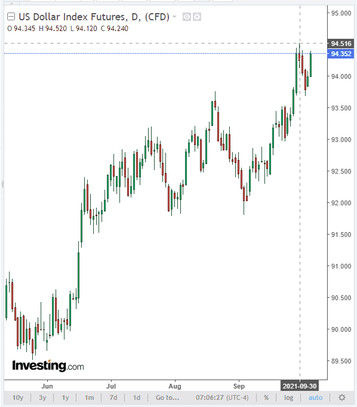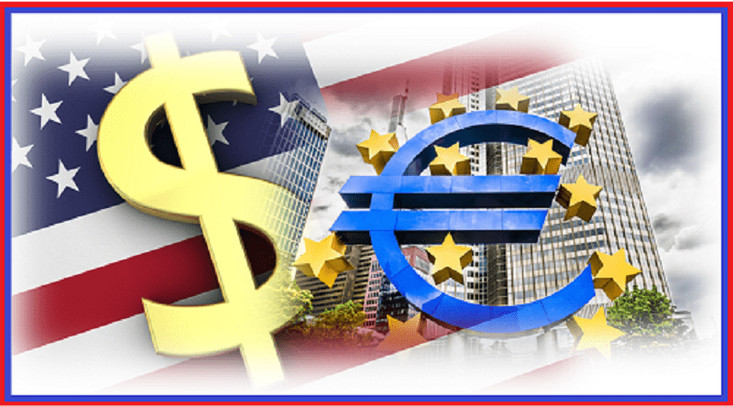Data released Wednesday morning by Eurostat showed zero growth in August retail sales in the Eurozone (in annual terms) and almost zero monthly growth (+0.3%) after falling by -2.6% in July.
Retail sales is a major consumer spending indicator that shows the change in retail sales. A high result usually strengthens the euro, and vice versa, a low result weakens it. Data suggesting that retail sales have not yet reached the level before the coronavirus pandemic after a sharp drop in March-April 2020, when strict quarantine measures were in force in Europe, also turned out to be significantly worse than forecast, which had an even more negative impact on quotes of Euro. Macro data from Europe released on Tuesday also turned out to be ambiguous. Thus, the PMI index of business activity from Markit in the services sector of the Eurozone indicated a slight increase in September (56.4 against the forecast of 56.3 and the same value in August). The composite PMI also rose slightly to 56.2 from 56.1 in August.
The Euro and EUR / USD reacted with a decline to the publication of weak European macro statistics. At the time of this posting, EUR / USD is traded near 1.1540, 60 pips below today's opening price.
Unlike the dollar, which is receiving support from expectations of a Fed rate hike until the end of 2022, the market does not expect similar actions from the ECB.
Moreover, some economists believe that following the completion of the Pandemic Asset Emergency Purchase Program (PEPP) in March 2022, the European Central Bank will smoothly move towards a larger and more flexible Asset Purchase Program (APP), doubling the volume of purchases on the European bond market to 40 billion euros per month, which will pull the yield of European bonds down due to the growth of their value against the background of increased purchases from the ECB.
So far, the European Central Bank is taking a wait and see attitude, while the dollar is receiving support from expectations of an imminent start of monetary tightening by the Fed.
The dollar is also in demand as a safe haven asset amid skyrocketing energy prices and the likelihood of a slowdown in the Chinese and global economies.
At the time of this posting, DXY futures are traded near 94.35, rising again towards the local multi-month high of 94.52 reached last week.

The demand for the dollar is growing again on the background of alarming news from China and in response to the acceleration of growth in the yield of US government bonds on fears of rising inflation.
Market participants are awaiting the publication on Friday of the September report on the US labor market, which is expected to come out with strong indicators and will strengthen the arguments in favor of the start of the stimulus cuts by the Fed in November, after the meeting of the US central bank. Economists' forecasts are very optimistic and suggest a twofold increase in the number of new jobs created outside the agricultural sector, as well as a further decrease in unemployment in September to the level of 5.0%.
Today, market participants are awaiting the publication (at 12:15 GMT) of data from the ADP on the level of employment in the private sector. Although the ADP report does not have a direct correlation with the official data of the US Department of Labor, which will be published on Friday, however, the ADP report is often a harbinger of them, having a noticeable impact on the market.
US private sector workers are expected to grow by 428,000 in September (versus an increase of 374,000 in August, 330,000 in July, 692,000 in June, 978,000 in May, 742,000 in April, 517,000 in March, 117,000 in February, 174,000 in January). The relative growth of the indicator may have a positive effect on the dollar quotes. However, the market reaction may be negative, and the dollar will decline if the data turns out to be worse than the forecast and, especially, the previous value.





